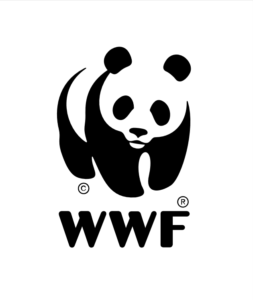One problem, millions affected
Without responsible and sustainable buying decisions, fish consumption will continue to have negative effects on the preservation of fish stocks, their habitat and on people – especially in developing countries.
From a traditional fish dish in your kitchen to the fish menu at a restaurant or even sushi: it would be hard to imagine our diets without fish – and global demand continues to increase. On average, globally, each person eats 19.2kg of fish a year [1]– that’s almost twice as much as 50 years ago. Increasingly large fishing fleets try to satisfy this hunger but not without consequence.
The endless expanse of the ocean has proven to be just the opposite: finite. At least as far as fish stocks are concerned. At the moment we are pulling 2-3 times more fish out of the water with nets, lines and rods, than our oceans can sustainably provide.[3] So today over 90% of fish stocks are already overfished or fully fished. [4]
An additional problem in the way of sustainable fishing is unmonitored and illegal fishing. Also bycatch of undesired species puts the seas under pressure and throws the ecosystem off-balance.
As well as fish and other sea dwellers, people who urgently need fish for their livelihood also suffer. Fish provides the daily protein requirement for 3 billion people globally and accounts for 20% of intake of animal protein. Fish and seafood are an essential and affordable source of protein, especially in developing countries (e.g. Bangladesh, Cambodia and Sri Lanka …) and can contribute 50% of intake of animal protein. [5]
At the same time, fish and seafood secure an income for about 800 million people who are involved in the fishing or fish production and related industries. [6]
That is important for us here in Europe but especially for people in developing countries. 61% of fish and seafood traded globally comes from developing countries. [7]
The good news is: we can all contribute to solving the problem. Through our responsible consumer behaviour and sustainable fish and seafood, we directly influence decisions made by the retail sector for a sustainable fish product range. And we also have an influence over the production methods of fisheries and aquaculture.
show references for this article
[1] FAO (Food and Agriculture Organization of the United Nations). The State of World Fisheries and Aquaculture 2014. Rome. Page 61. http://www.fao.org/fishery/sofia/en
[2] FAO (Food and Agriculture Organization of the United Nations). The State of World Fisheries and Aquaculture 2014. Rome. Page 61. http://www.fao.org/fishery/sofia/en
[3] WWF article: http://wwf.panda.org/about_our_earth/blue_planet/problems/problems_fishing/
[4] FAO (Food and Agriculture Organization of the United Nations). The State of World Fisheries and Aquaculture 2014. Rome. Page 7. http://www.fao.org/fishery/sofia/en
[5] FAO (Food and Agriculture Organization of the United Nations). The State of World Fisheries and Aquaculture 2014. Rome. Page 66. http://www.fao.org/fishery/sofia/en
[6] HLPE, 2014. Sustainable fisheries and aquaculture for food security and nutrition. A report by the High Level Panel of Experts on Food Security and Nutrition of the Committee on World Food Security, Rome 2014. Page 34. http://www.fao.org/3/a-i3844e.pdf
[7] Food and Agriculture Organization of the United Nations (FA). World fish trade to set new records. Bergen/Rome 2015. http://www.fao.org/news/story/en/item/214442/icode/
Average global fish consumption [2]
- 9,9 kg of fish was consumed per person in 1960
- 19,9 kg of fish was consumed per person in 2012
















